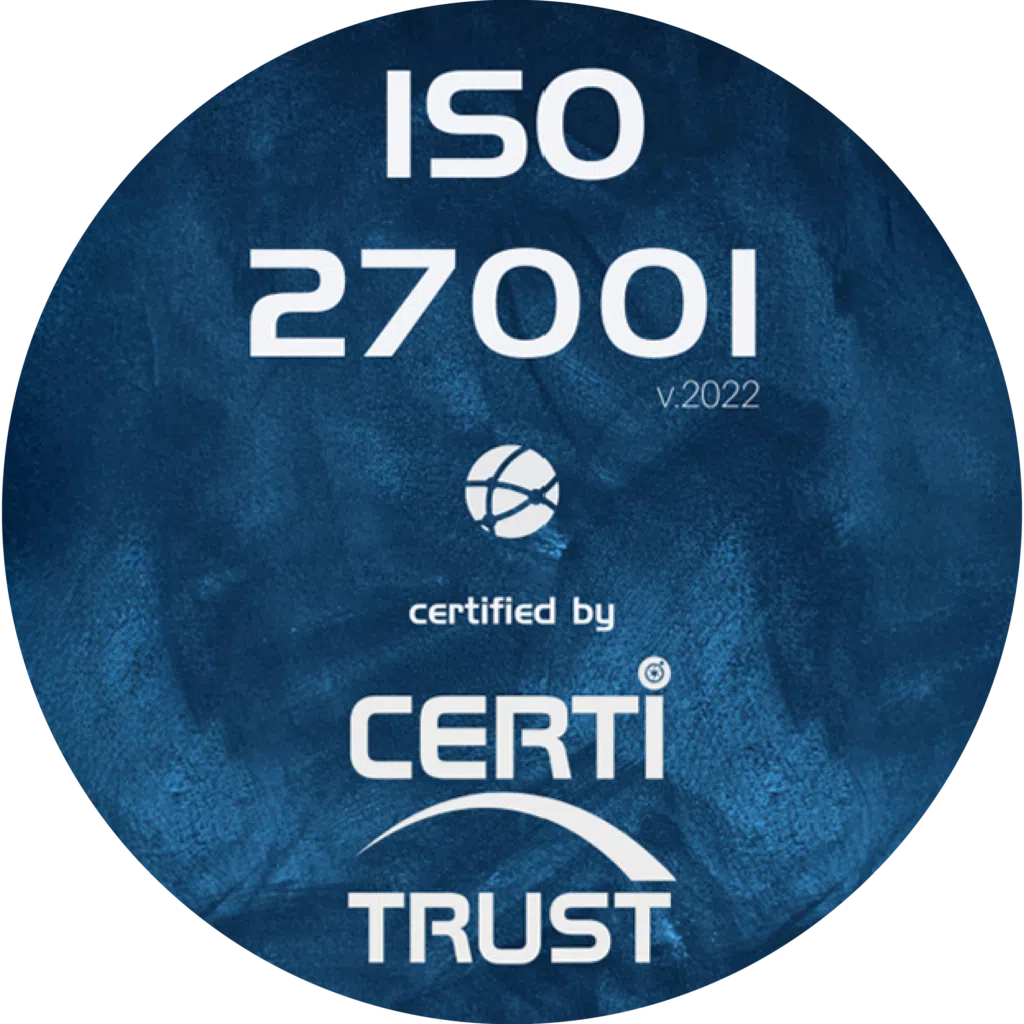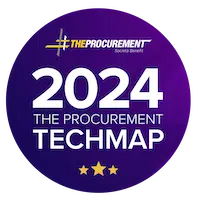In an increasingly competitive economic climate, implementing an effective purchasing policy is essential to optimising expenditure and guaranteeing the long-term future of your company. Purchasing should no longer be seen simply as an operational function; it now has an important strategic dimension.
Against this backdrop, purchasing policies are becoming a key factor in ensuring better resource management and promoting business development.
In this article, we will guide you through the key stages in developing your own purchasing strategy, and the best practices for implementing it.
Why implement a purchasing policy?
An integrated approach to development issues in the purchasing process offers a number of advantages for the organisation and its stakeholders.
Cost reduction
By optimising internal processes, companies can make significant savings every year.
For example, by favouring local suppliers, it is possible to reduce transport costs and facilitate logistics.
Similarly, better management of resources often leads to a reduction in wastage, thereby encouraging more efficient use of raw materials.
Relationships with suppliers
One of the primary objectives of a purchasing policy is to improve relations with suppliers. When suppliers have a clear understanding of the company’s goals and expectations, they can respond more effectively.
This involves transparent and regular communication, where expectations in terms of quality, delivery times and price are clearly established.
By informing suppliers about the company’s long-term vision, they can align themselves with these objectives and potentially propose improvements that benefit the entire supply chain.
Managing internal requirements
A well-structured purchasing policy will guarantee your company’s efficiency and competitiveness. The first step is to precisely define the company’s needs.
This requires an in-depth understanding of the company’s various departments and their specific requirements. This involves an analysis of current and future needs, taking into account the company’s short- and long-term objectives.
This analysis should also assess how purchasing can contribute to achieving these objectives, for example by improving product quality, reducing costs or speeding up delivery times.


Implementing your purchasing policy in 4 steps
As you will have realised, there are many objectives to a purchasing policy. Let’s now look at how you can easily implement it within your company:
1 – Map existing purchases
In order to create an effective purchasing policy, you first need to understand your company’s current expenditure. This first step will enable you to identify existing suppliers, product categories and purchasing methods. Think about :
- Identify all the company’s current suppliers
- Identify the types of products or services purchased
- Analyse purchasing volumes and frequencies
- Examine contractual and pricing conditions with suppliers
2 – Analyse your expenditure and devise appropriate strategies
Once you have drawn up an overview of your current purchases, you need to study this information in depth to identify potential areas for improvement. There are several methods of analysis that can be used:
- Pareto analysis: This method suggests that 20% of the causes are responsible for 80% of the effects, making it possible to identify priority purchasing categories in terms of potential savings.
- ABC analysis: This type of analysis aims to classify purchasing families according to their relative importance and the complexity of the supplier market.
At the end of this stage, you should be able to determine the strategic areas to be developed to optimise your purchasing.
3 – Implement a strategy tailored to each category
There is no single strategy that can be applied to all your purchases. On the contrary, you need to develop specific approaches for each category, taking into account the particularities of each one. Here are a few examples of strategies applied by our customers:
- Adopt a centralised approach for certain purchases to optimise volumes and benefit from more advantageous pricing conditions.
- Develop a range of preferred suppliers to guarantee a high level of quality and limit the risks associated with supply disruptions.
- Implement procedures for controlling expenditure and calls for tender to promote transparency and fairness between different suppliers.
4 – Communicate and monitor the development of your purchasing strategy
Once the purchasing strategy has been put in place, all that remains is to ensure that it is properly understood and applied by all employees. In particular, make sure that :
- Organise information meetings to present the key principles and expected benefits of the purchasing strategy
- Make tools available to facilitate expenditure monitoring and budget management
- Introduce regular performance reviews to assess the results obtained and adjust the purchasing policy if necessary.
The responsible purchasing policy
An integrated approach to sustainable development issues in purchasing processes offers a number of advantages for the organisation and its stakeholders. More and more companies are deciding to switch to a responsible purchasing policy in response to CSR issues.
This approach closely involves various stakeholders such as suppliers, service providers, customers and employees.
Ethics and social values
Firstly, ethical criteria must be applied when choosing the products and services we buy.
This may involve, for example, giving preference to suppliers who respect human rights and employees’ working conditions. Companies can also turn to partners with an inclusive approach or a commitment to diversity.
Ecological impact
Secondly, taking environmental issues into account is essential when defining a responsible purchasing policy.
In particular, this means reducing energy consumption and greenhouse gas emissions, reducing the amount of waste generated, and using raw materials sensibly.
The different tools for implementing a purchasing policy
There are a number of tools that can be used to develop and implement a purchasing policy that respects ethical, social and environmental issues.
Audits and certifications
As a first step, you can carry out internal and external audits to assess the current state of your supply chain. Auditing your purchasing department will enable you to identify areas for improvement and target corrective actions more effectively.
In addition, obtaining recognised certifications such as ISO 14001 or the Fairtrade label can be a guarantee of quality for business partners and customers.
Employee training and awareness-raising
The success of a successful purchasing policy also depends on the involvement of the company’s staff.
As such, it is essential to provide employees with appropriate training and to develop a professional culture focused on good procurement methods. Specific training courses on responsible purchasing can be set up, as well as discussion workshops and sessions for exchanging ideas.
By following all these steps, you will be able to put in place a structured approach tailored to your specific needs. Don’t forget that the success of such a strategy depends above all on the support and involvement of all the players concerned.
Want to learn more about our Weproc procurement management software?
Contact us or request your 15-minute demo below!












